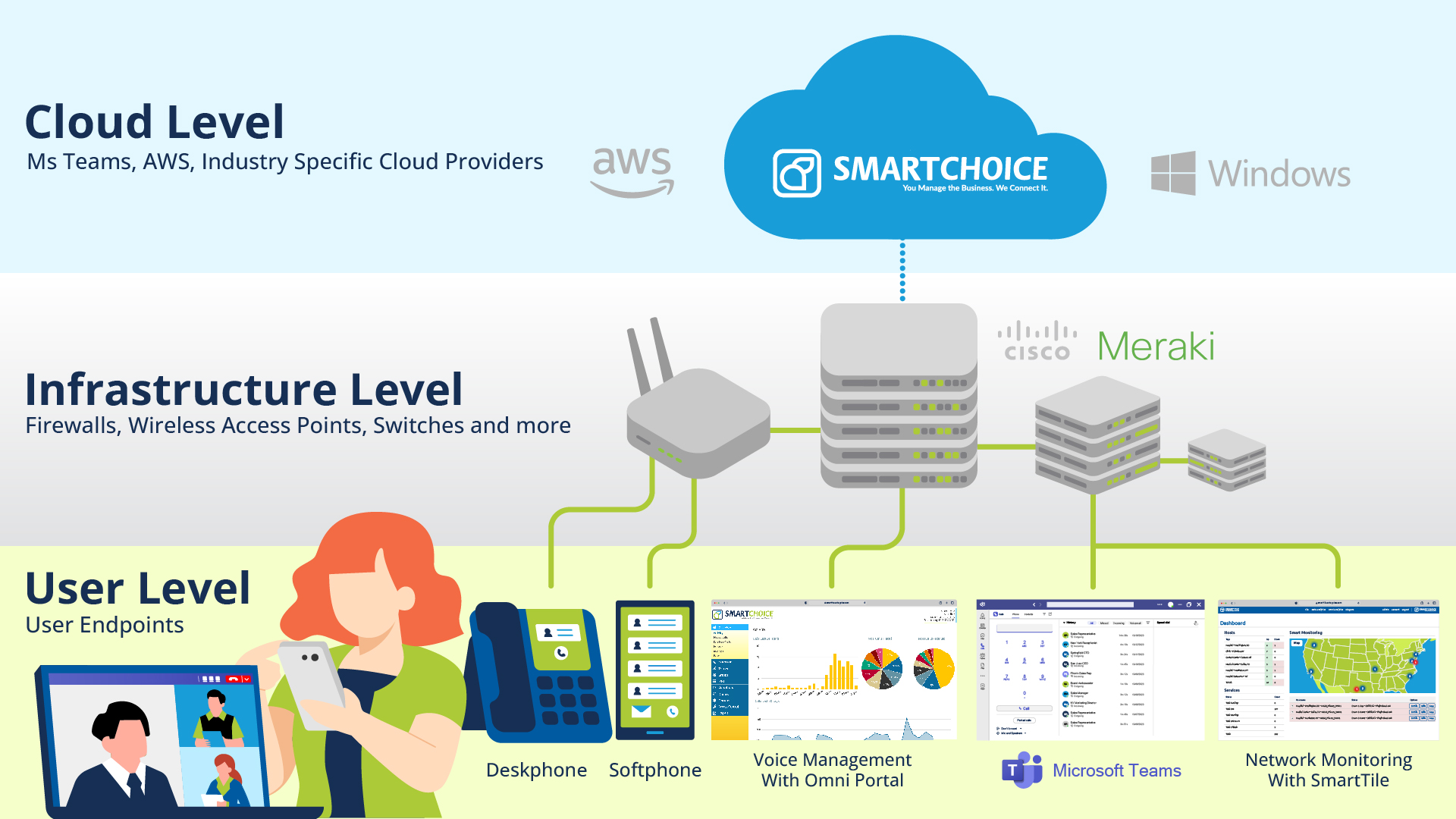Zoom vs. Microsoft Teams

Introduction
In the fast-paced digital world, effective communication and collaboration have become essential for success in both personal and professional settings. Two of the most prominent platforms that have revolutionized virtual communication are Zoom and Microsoft Teams. While both serve as indispensable tools for remote work and online meetings, they possess unique features that cater to diverse user needs. In this article, we will explore the key differences between Zoom and Microsoft Teams, enabling users to make informed decisions based on their requirements.
Core Purpose and Target Audience
Zoom primarily focuses on providing a user-friendly and intuitive video conferencing solution. Its core purpose is to facilitate seamless virtual meetings, webinars, and web conferences. Zoom is well-suited for businesses of all sizes and individuals looking for a straightforward video communication tool.
On the other hand, Microsoft Teams aims to be an all-in-one collaboration hub. It goes beyond video conferencing and integrates various Microsoft Office 365 applications, making it a comprehensive platform for teamwork, file sharing, project management, and communication. Microsoft Teams caters to larger enterprises and organizations that need a centralized platform for team collaboration.
Interface and Usability
Zoom’s interface is clean, minimalistic, and easy to navigate. It is designed to make joining and hosting meetings hassle-free, even for first-time users. Zoom offers features like virtual backgrounds and breakout rooms for interactive sessions. The simplicity of the interface makes it a popular choice for individuals who prioritize quick setup and smooth user experience.
Microsoft Teams, though robust, can appear more intricate compared to Zoom due to its diverse range of features. The interface revolves around channels and tabs, which can take some time for new users to acclimate to fully. However, for organizations already using Microsoft Office 365, the integration of various tools into a single platform is a significant advantage.
Integration and Collaboration Features
While Zoom offers integrations with some third-party apps, it does not provide the extensive integration capabilities that Microsoft Teams does. Microsoft Teams offers seamless integration with other Microsoft 365 applications such as Word, Excel, PowerPoint, and SharePoint, allowing users to collaborate on files in real-time directly within the platform. This integration fosters a more productive and efficient workflow.
File Sharing and Storage
Zoom provides basic file-sharing capabilities, allowing users to share files during meetings or through direct messages. However, it lacks the sophisticated document management features found in Microsoft Teams.
Microsoft Teams, as part of the Microsoft 365 suite, provides a robust file-sharing and storage system. Users can create, edit, and collaborate on documents within the platform, maintaining version history and accessing files anytime, anywhere. The seamless integration with OneDrive and SharePoint provides ample storage space for team projects and files.
Security and Compliance
Both Zoom and Microsoft Teams take security and privacy seriously. Zoom has faced some controversies in the past, but the company has made considerable efforts to enhance its security features, including end-to-end encryption.
Microsoft Teams benefits from Microsoft’s robust security infrastructure and compliance standards. With features like data encryption, multi-factor authentication, and compliance with industry regulations, it is a preferred choice for organizations handling sensitive data and communications.
In Summary
Zoom and Microsoft Teams are two powerful communication tools with distinct features catering to different user needs. Zoom excels in providing a simple and effective video conferencing solution, while Microsoft Teams stands out as a comprehensive collaboration platform integrating various Microsoft 365 applications. The choice between the two depends on the user’s primary requirements, organizational size, and existing software ecosystem. Ultimately, both platforms contribute significantly to enhancing remote collaboration, enabling teams to stay connected and productive in an increasingly digital world.





